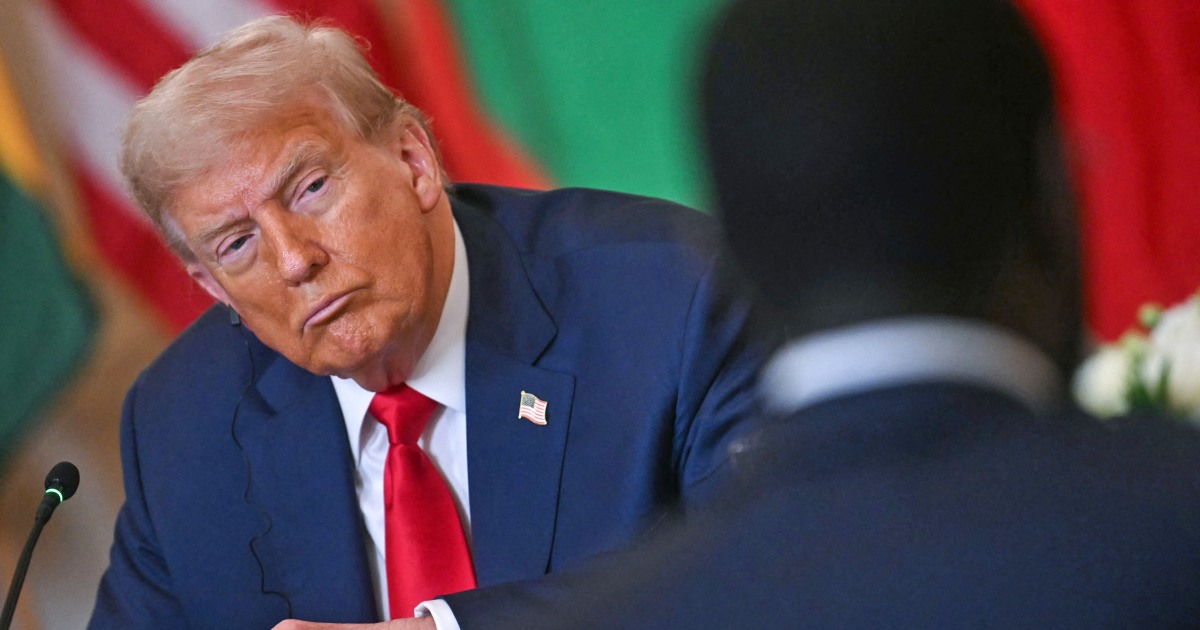Trump Expands Tariff Strategy, Targeting Smaller Trading Partners
President Trump has sent tariff letters to seven smaller trading partners, avoiding major rivals, as he seeks to assert U.S. trade power amid ongoing negotiations.
Subscribe to unlock this story
We really don't like cutting you off, but you've reached your monthly limit. At just $5/month, subscriptions are how we keep this project going. Start your free 7-day trial today!
Get StartedHave an account? Sign in
Overview
- President Trump has sent tariff letters to seven smaller U.S. trading partners, avoiding major industrial rivals, dictating new tariff rates on imports.
- The new tariffs are set to begin on August 1, following a 90-day negotiating period, contributing to ongoing uncertainty in global trade.
- Economic analyses indicate that these tariffs may worsen inflation and hinder economic growth, raising concerns among economists.
- The Census Bureau reported a trade imbalance, prompting Trump to take action by targeting smaller countries rather than major trade partners.
- Trump has warned of potential additional tariffs on countries that retaliate, emphasizing his strategic approach to U.S. trade diplomacy.
Report issue

Read both sides in 5 minutes each day
Analysis
Center-leaning sources frame the tariff letters as a strategic move by Trump, emphasizing the lack of impact on major rivals. They express skepticism about the economic benefits, highlighting potential inflation and trade imbalances. The tone suggests a critical view of Trump's approach, reflecting concerns over its effectiveness and broader implications.
Articles (7)
Center (4)
FAQ
President Trump's new tariffs target 14 countries, including Bangladesh, Bosnia and Herzegovina, Cambodia, Indonesia, Japan, Kazakhstan, Laos, Malaysia, Myanmar, Serbia, South Africa, South Korea, Thailand, and Tunisia.
The tariff rates vary by country, with Myanmar and Laos facing the highest at 40%, Thailand and Cambodia at 36%, Bangladesh and Serbia at 35%, Indonesia at 32%, South Africa and Bosnia and Herzegovina at 30%, and Malaysia, Kazakhstan, and Tunisia at 25%. South Korea and Japan face 25% tariffs.
The tariffs aim to address the U.S. trade imbalance reported by the Census Bureau by targeting smaller countries rather than major trade partners, focusing on long-standing non-reciprocal trade practices and pushing for market liberalization by reducing trade barriers.
Economic analyses suggest these tariffs may worsen inflation and hinder economic growth, raising concerns among economists about their negative effects on the U.S. and global economies.
President Trump has warned that additional tariffs may be imposed on countries that retaliate against the new U.S. tariffs, emphasizing a strategic and assertive approach to U.S. trade diplomacy.
History
- 4M

 3 articles
3 articles




